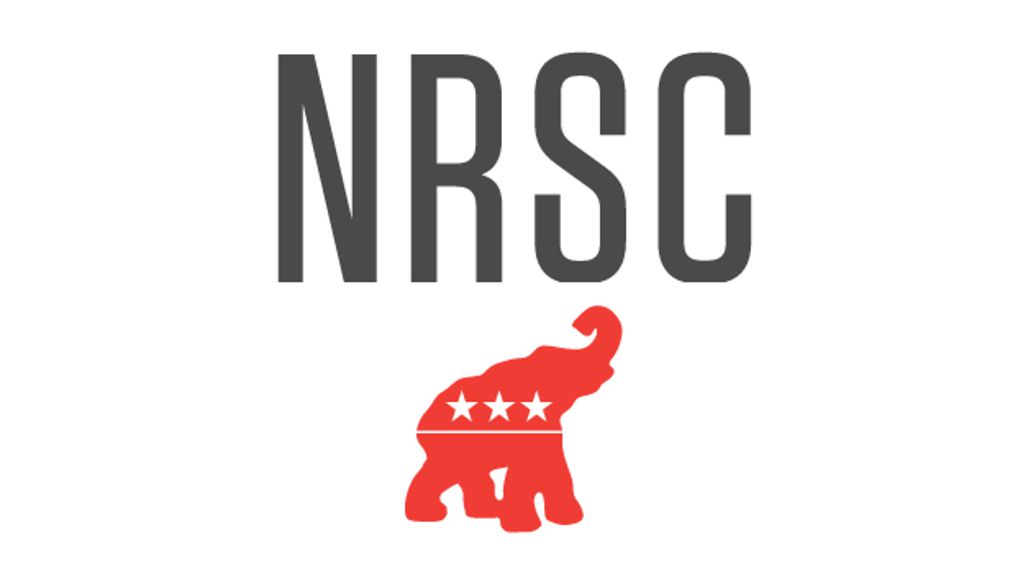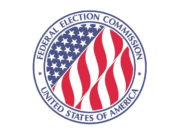The case known as National Republican Senatorial Committee v. Federal Election Commission (NRSC v. FEC) is about the federal limit on “coordinated party expenditures.” This law limits how much political parties can spend to coordinate campaign spending, mostly on ads, with their candidates. The plaintiffs—the NRSC and two candidates—asked the Sixth Circuit to declare the law unconstitutional.
The Sixth Circuit, sitting en banc, declined the invitation. Writing for a 10-judge majority, Chief Judge Sutton held the Supreme Court’s 2001 decision in FEC v. Colorado Republican Federal Campaign Committee (Colorado II) already decided this issue and the Sixth Circuit had no power to revisit the issue even if Colorado II is now an outlier among recent campaign-finance decisions.
And an outlier it is. Chief Judge Sutton’s opinion does not defend the law on the merits, calling it a “legal last-man-standing” and acknowledging the “tension . . . between the reasoning of Colorado II and the reasoning of later decisions of the Court.” But the Supreme Court has not overruled Colorado II, and so the Sixth Circuit concluded it must continue to follow it.
Because the decision rests entirely on stare decisis grounds and six judges wrote separately to criticize the law’s constitutionality, this case is a strong candidate for Supreme Court review. Indeed, Colorado II no longer holds up under modern First Amendment jurisprudence.
Some background helps explain what’s going on. In Colorado II, the Supreme Court upheld the limit on coordinated expenditures on the theory that the law furthers the “sufficiently important” interest of “combating political corruption.” But “corruption” is a vague term. As Chief Judge Sutton explains in the majority opinion, “when earlier cases like Colorado II discussed corruption, they did not always speak about corruption in a clear or consistent voice.”
Since Colorado II, however, the Court has refined the term. In a series of cases—including a decision issued just two years ago involving Ted Cruz’s senate campaign—the Court has held that the only kind of corruption that matters under the First Amendment is quid pro quo or its appearance. But Colorado II relied on a broader understanding of corruption, including ideas like “undue influence.” The question before the Sixth Circuit, then, was whether the Supreme Court’s later decisions rejecting broad concepts of corruption sufficiently undermine Colorado II so that it no longer binds lowers courts.
The Sixth Circuit said no. In doing so, it laid the groundwork for a cert petition asking the Supreme Court to finally overrule Colorado II. The 10-judge majority opinion acknowledges that the plaintiffs “identify several ways in which tension has emerged between the reasoning of Colorado II and the reasoning of later decisions of the Court.”
The Court also considered other changes that bear on the continuing viability of Colorado II: Congress has amended the law to allow more exceptions, for example, undermining the government’s rationale. And there seems to be no evidence of quid pro quo corruption in the states, even though more than half allow unlimited coordination between the parties and their candidates for state office. But according to the Sixth Circuit, none of these changes “alter Colorado II even on its own terms.” Thus, “any new assessment of the validity of the limits on coordinated party expenditures remains where it customarily does in a hierarchical legal system: the Supreme Court’s province, not ours.”
Five judges from the majority also joined separate opinions casting doubt on the constitutionality of the law.
Judge Thapar, joined by judges Kethledge, Nalbandian, and Murphy, argued that the Supreme Court should abandon its tiers-of-scrutiny approach to the First Amendment, instead adopting the historical approach used for the Second Amendment. Under this approach, courts would “look to founding-era restrictions on political activity, such as anti-bribery laws,” to determine “whether coordinated-party-spending limits are compatible with the First Amendment.”
Even still, Judge Thapar explained, the law at issue in this case fails under intermediate scrutiny. Judge Thapar’s analysis leans heavily on the Supreme Court’s most recent decision in FEC v. Ted Cruz for Senate. There, the Court held that the government must prove with “record evidence or legislative findings” that a prophylactic law like this actually furthers an anti-corruption instance. But here, Judge Thapar concludes, the government comes up short. It could not produce any meaningful evidence that donors might use political parties as a conduit to circumvent individual contribution limits. “In short,” he wrote, “the FEC’s anti-circumvention case is rather paltry.” And although Judge Thapar went on to explain why the law was not closely drawn either, the government’s inability to prove the law furthers a legitimate anti-corruption interest is enough to doom the law on its own.
Judge Bush penned a solo concurrence, in which he “explain[ed] [his] doubts about” Colorado II based on the lack of founding-era evidence or textual support for the government’s authority to restrict political speech in this way. Judge Bush examines the historical evidence (or lack thereof) that the founders considered coordination between ideological groups and their candidates as corruption. He concludes that “candidates were known by their political parties . . . in the early Republic,” casting doubt on “the FEC’s historically unsupported attempt to justify its restriction of First Amendment liberty here.”
Judge Stranch, writing a five-judge concurrence, disagreed with what she described as her colleagues “encouraging the Supreme Court to rework campaign finance, First Amendment, and constitutional law in new and audacious ways.” In her view, there is no tension between Colorado II and the Supreme Court’s more recent decisions, as “Colorado II engaged in just the kind of analysis assessing a contribution limit calls for.” But even without Colorado II, Judge Stranch concluded, the limit on coordinated party expenditures is constitutional because it prevents donors from using political parties to circumvent limits on individual contributions to candidates.*
Judge Stranch also took aim at the concurring opinions urging the Supreme Court to re-consider its campaign-finance jurisprudence and align it with the historical approach adopted for the Second Amendment—arguing that a “history and tradition test would not generate democratic legitimacy.” She urged the Court to refrain from leaving the “time-tested body of First Amendment jurisprudence to forge down such a fraught path.”
Finally, Judge Readler dissented. Judge Readler was the only judge to conclude that the changed legal landscape since Colorado II is enough for the court to reach the merits. And on the merits, Judge Readler—like Judge Thapar—concluded that the law could not satisfy intermediate scrutiny because the government cannot prove that it is closely drawn to prevent quid pro quo corruption (or its appearance). In doing so, Judge Readler drew on the Institute for Free Speech’s amicus brief, which pointed out that more than half the states allow parties to coordinate with their candidates. And yet, Judge Readler noted, “examples of quid pro quo corruption involving parties’ coordinated expenses in those jurisdictions are all but absent as well.” The theory that this law prevents corruption, Judge Readler concluded, is based on “mere conjecture” and not enough to justify the restriction.
*Judges Davis and Bloomekatz concurred only in Parts I and II of Judge Stranch’s opinion, focusing on whether Colorado II binds the Sixth Circuit.














